





Hypertensive crisis
Short characteristic of a disease

Hypertensive crisis is understood as sudden, sharp increase in arterial pressure to a mm mark 220/120 рт. column above. If help at hypertensive crisis was given too late, then the disease can lead to irreversible neurovegetative disorders of heart, central nervous system and large blood vessels. However, considering the level of equipment of modern medicine, similar effects are a rarity. But you anyway should address to clinic and to take care of the health, supertension during hypertensive crisis remains from several hours to several days, being followed by psychological and physical discomfort.
Reasons of development of hypertensive crisis
Sudden increase in pressure can be the result of the psychoemotional tension, the use of a large number of alcoholic beverages, sharp change of weather conditions and reception of some medicines, for example, of clonidine or beta андреноблокаторов.
In addition to the above-stated reasons, hypertensive crisis arises at various diseases, for example, arteriosclerotic damage of an aorta, a nodular polyarteritis, a system lupus erythematosus, a diabetes mellitus, diseases of kidneys and a nephroptosis. It should be noted that all listed diseases, as a rule, do not cause hypertensive crisis directly, but they promote emergence of wet brains which raise the ABP.
Hypertensive crisis – symptoms and a clinical picture of a disease
The modern medicine claims that acute management at hypertensive crisis has to be given the first minutes after the beginning of an attack. It is connected with unpleasant symptoms which follow after sudden increase in the ABP. Among them we would like to note:
- sensation of fear, concern for the least thing;
- fever, hyperemia;
- face edemas;
- deterioration in sight;
- strong and long attacks of vomiting;
- the neurologic disturbances which are followed by dissociation of reflexes
Besides, increase in the ABP quite often leads to an aggravation of a course of coronary heart disease, development of tachycardia, a pronounced pain syndrome. Urgent stopping of hypertensive crisis is necessary when it is followed by a fluid lungs, a coma, an embolism of arteries and an acute renal failure.
In some cases, at the made diagnosis hypertensive crisis, symptoms testify about increase in both systolic, and diastolic pressure. Help has to be given in such situation for the prevention of heavy complications as soon as possible. Gipoinetichesky and eukinetichesky crises proceed more favorably. Their development is followed by rise in either systolic, or diastolic pressure. Therefore, symptoms of a disease accrue slowly and the sick person has much more time to see a doctor and to receive the qualified help at hypertensive crisis.
We mentioned above that in most cases increase in pressure does not lead to serious effects. The only exception – the complicated hypertensive crisis, life-threatening the person. Its symptoms appear at such states as: subarachnoidal hemorrhage, stroke, left gastric insufficiency, fluid lungs, hamaturia and acute myocardial infarction.
Hypertensive crisis – treatment of a disease
The bed rest and lack of psychological loadings is recommended to patients. Besides, it is desirable to limit meal. The optimum scheme of a diet – 10 or 10a. It should be noted that stopping of hypertensive crisis has to be gradual as sharp pressure decrease is not less dangerous, than its sudden raising. If decrease in the ABP is made too quickly, it can provoke ischemia of kidneys, development of a stroke or myocardial infarction. Acute management at hypertensive crisis means use of the following drugs:
- the clonidine – is accepted inside each hour at first on 0,2 mg, and then on 0,1 mg;
- nifedipine – is produced in capsules or tablets. A standard dosage – 5-10 mg (1 tablet) under language;
- Sodium nitroprussidum – is entered intravenously. If the expected effect is not observed, administration of drug is stopped;
- diazoxide – is entered intravenously, a dosage – 50-150 mg. This means is applied with care as it can cause side effects – stenocardia, hypostases, nausea, vomiting;
- phentolamine – 5-15 mg intravenously, is especially effective at the hypertensive crisis connected with a pheochromocytoma.
Acute management at hypertensive crisis
As the disease develops very quickly, you have to know about the main receptions allowing to stop sudden increase in pressure. First of all, dial number of the station of "Ambulance" and call specialists, briefly having described current situation. Then put the patient to bed. An optimal variant – a comfortable semi-sitting position on the spread-out pillows. Such pose will allow to avoid suffocation attacks – an orthopnea. Warm the patient's legs. For this purpose wrap up them with a warm plaid with a hot-water bottle or lower feet in a hot bathtub. Well also the mustard plasters put on a shin help.
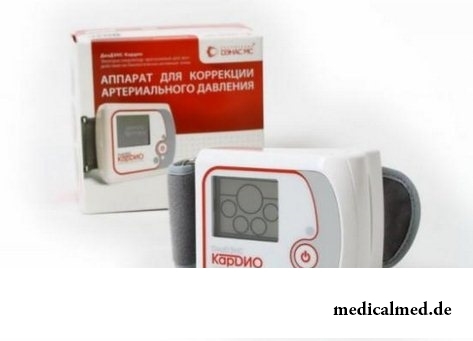
Provide inflow of fresh air to the room. If hypertensive crisis arises not for the first time, then the patient for certain has tablets which need to be accepted in similar situations. Find them and ask the victim on a dosage. At emergence of severe chest pains it is possible to give to the patient nitroglycerine.
Do not forget also about psychological support of the patient. It is important at any disease, but during hypertensive crisis warm and tender words are especially necessary, very often the person begins to panic because of misunderstanding of a situation that only aggravates its state. Calm the victim, talk to him, convince him that everything will be good. We assure that in this case stopping of hypertensive crisis will take place most quickly and without serious consequences.
The weight of a human brain makes about 2% of all body weight, however it consumes about 20% of the oxygen coming to blood. This fact does a human brain extremely susceptible to the damages caused by shortage of oxygen.

More than a half of the married couples which faced prostatitis – leave. The new broadcast "Female View of Prostatitis" will help to learn...
Section: Articles about health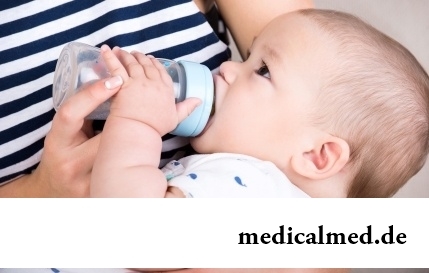
Producers of milk mixes for children assure: mixes are ideally balanced and adapted for needs of babies. If mother should raise artificially the kid owing to serious problems with health, to do nothing – m substitutes...
Section: Articles about health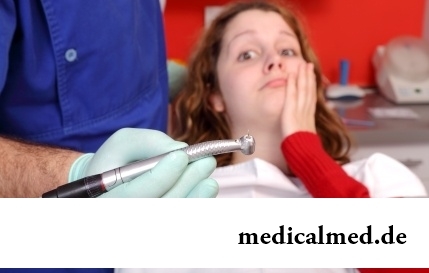
Statistically, can only one of ten of our compatriots brag of a decent condition of an oral cavity. Six teeth affected with caries are the share of the average Russian. For comparison, this indicator for Europeans is almost six times less....
Section: Articles about health
Cold – a state known to everyone which is followed by cold, cough, high temperature, a pharyngalgia. Often перво...
Section: Articles about health
It is pleasant to state a possibility of improvement of quality of life of people with problems of functioning of secretory system. Efforts of talented inventors created products which will be able to provide normal life activity of clients with moderate degree for...
Section: Articles about health
The way of life of people promptly changes from year to year: if about ten years ago the personal computer was not in each family, then today already very few people do without this device. Certainly, and children master the computer at full speed: they not only play on it games, but also study, and write school works, and search for necessary information....
Section: Articles about health
Quite large number of people adheres to the principles of vegetarian food. But how to be if in a family of vegetarians is д...
Section: Articles about health
The business lady, the become mother, it is necessary to solve an array of problems. But of them is main: how to combine the beloved child and work? What traps trap the working mother and how she needs to behave?...
Section: Slideshow
The naturopathy sometimes moves as the new direction of medicine, something like fashionable hobby, and there is nothing farther from the truth. This most ancient direction, the word "naturopathy" is translated as "treatment by the nature", and, no doubt, treatment by natural gifts was the first and only, available to the person in ancient times. Despite modern achievements of medicine, the naturopathy remains urgent and today, anyway the person - a part of the nature, and природн...
Section: Articles about health
Separate food - the system of meal based on digestion physiology which is carried to improvement methods. In opinion д...
Section: Articles about health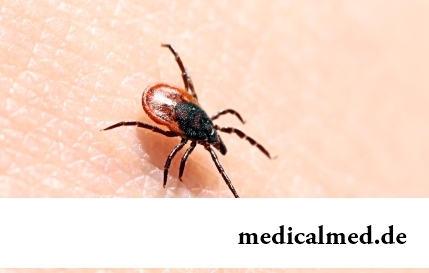
Tick-borne encephalitis – one of the most dangerous viral diseases which causative agents transfer and is given to people by ixodic mites. These are the small blood-sicking insects living in the considerable territory of our country. The person bitten by a tick can catch...
Section: Articles about health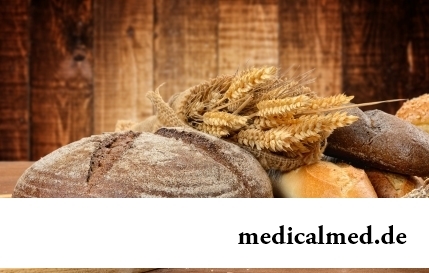
There is an opinion that at low temperatures safety of products is ensured longer and better thanks to what the refrigerator is considered the most suitable place for storage of food. In most cases it is fair, however there is a number of products for which low temperatures – the main reason of their premature damage. Storage in the refrigerator leads to their bystry rotting, emergence of a mold, is followed by loss of vitamins and tastes. What products it is better to remove...
Section: Articles about health
Impossibility to conceive the child – a trouble of many Russian families. During quite long time was considered that the main "culprits...
Section: Articles about health
Each failure in work of bodies and systems of a human body is, as a rule, shown by the whole complex of symptoms. In particular, malfunctions with health often cause emergence of cosmetic defects in the form of rashes on a face. Experienced doctors know that локализац...
Section: Articles about health
Color of plants is caused by presence at them of certain chemical compounds. Let's talk about what is meant by various colors of vegetables and fruit and what properties they give them....
Section: Articles about health
Today about 30 diseases, sexually transmitted are known. To wide circulation of these illnesses extremely with...
Section: Articles about health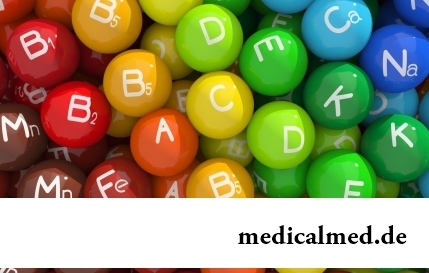
Vitamin complexes belong to the most popular drugs, probably, in our country there is no person who was not hearing about advantage of vitamins and never their accepting. The more vitamins, the better, we consider and as it appeared, cruelly we are mistaken. So l...
Section: Articles about health
Urogenital candidiasis (milkwoman) – a fungal infection which annoys unpleasant feelings in the field of generative organs, being followed by white curdled allocations, an itch, discomfort during an urination, pain. She is called by Candida fungus – the opportunistic organism living on mucous membranes of an organism....
Section: Articles about health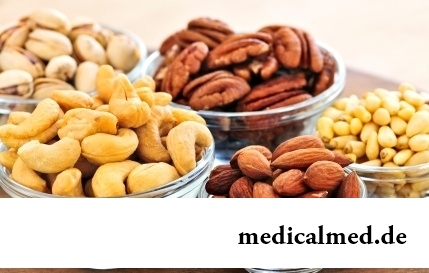
When overcomes feeling of hunger, and an opportunity to have dinner fully is absent, having a snack − small on volume comes to the rescue...
Section: Articles about health
Work of a brain is extremely complex and in many respects is not studied yet. It is confirmed also by the features of thought processes which are shown when the person sleeps. Let's tell about some of them....
Section: Articles about health
The pine is one of the most widespread plants of our woods. Its needles and pitch not without reason called by "gallipot" were since ancient times used for strengthening of protective forces of an organism, treatment of avitaminosis, anemia and many other diseases. In recent years wide popularity was gained by the national medicines prepared from pinecones. "Fruits" of a coniferous tree contain a huge amount of vitamins, biologically active agents, antioxidants, phytoncides and other useful to...
Section: Articles about health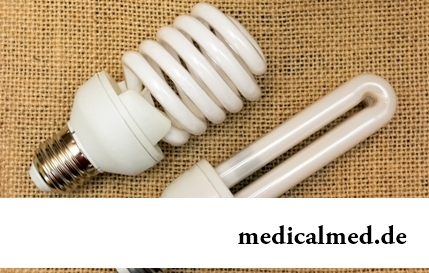
Energy saving lamps are one of the most popular products of innovative technologies, and there is no wonder: they much эк...
Section: Articles about health
Beauty shop – the place which is associated only with positive emotions: joy, pleasure, relaxation. However visit of salon where work with biological material of clients, not always harmlessly is conducted. Today it is known Bol...
Section: Articles about health
The sudden heat on all body which is followed by perspiration and a cardiopalmus – the phenomenon familiar to many people. Most often such states called by "inflows" result from nervous or physical overworks and disappear right after rest. However in certain cases similar reaction of an organism can speak about diseases which need treatment. What? About it below....
Section: Articles about health
Any person who faced a disease knows that treatment costs expensive. It belongs also to consultations qualified the specialist...
Section: Articles about health
Household skills which to us so diligently imparted in the childhood it appears, not always bring only benefit. According to results of the last researches, some habits which for a long time were considered useful and even necessary can become...
Section: Articles about health
So, you resolved to lose weight. And now you try to understand what to begin with: from exercise stresses or a diet? And how to make that process of weight loss did not give you an inconvenience, and, on the contrary, brought joy?...
Section: Slideshow
